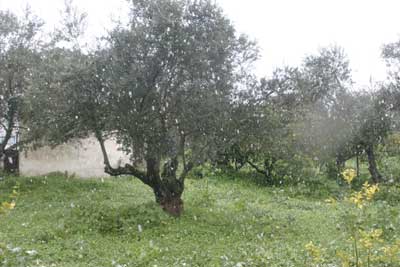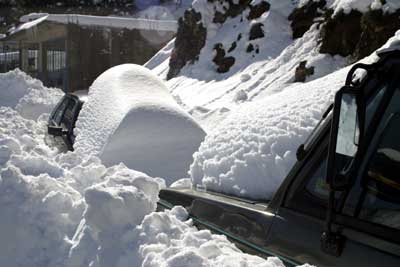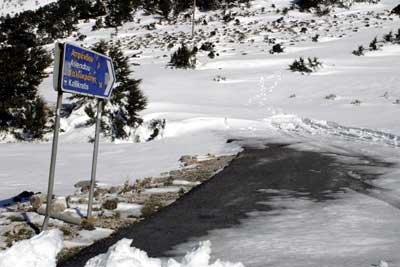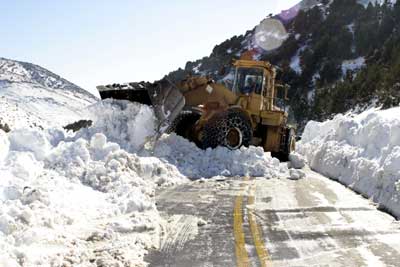Just to let you all know that the new name of my blog is LOVINGCRETE and you have to go to:
Much of this blog is already there and you will only see new posts over there. I hope you like it.
Ray
The island of Spinalonga (actual name Kalidon) lies just off the coast of the village of Plaka, near Elounda, Agios Nicholaos, in Crete. The name Spinalonga is Venetian meaning ‘Long Thorn’.
It came to note in the year of 1579 when the occupying Venetians created a fortress on the island. Some years later when the Ottoman forces invaded Crete, Spinalonga was one of the places that they could not or would not take from the Venetians. So for 50 years after the invasion the island was still held from the Turks and came to be a centre for resistance against them. All supplies to the island came from the sea, one of the last outposts of the Venetian empire.
In 1903 the Greek government turned the entire island into a leper colony. Cretans with leprosy left the caves where they had to live and came to the island of Spinalonga where at least they received medical facilities and a supply of food and social security. This was maintained until 1957 when once again the island became uninhabited.
When I worked in Crete in the late sixties early seventies we used to take tourists to the island from the Italian Cruise ships docking in Iraklion. We used the theme of being ‘stranded on a desert island’ where we laid out tables of food and running barbecues for the tourists. My boss always told me never to mention that it had been a leper colony. It went very well until I had a break on holiday for a week when I came to Rethymnon and stayed in the government hotel there. Of course in those days under the Junta government the police knew where I had gone and could be located.
The way that this trip worked was that we employed people with big speedboats to take the tourists out after they had alighted from their coach from Iraklion. We also employed people to set up the food and the barbecues as well as bringing them back to get on their bus to the cruise ship in Iraklion.
This time that I was away, my boss had set up the trip. He employed the speedboats to take them out as well as the food and the barbecues. Unfortunately by lunchtime, what with all the friends he had in Agious Nicholas, he was pretty drunk and had forgotten all about the tourists.
As evening drew in, I had a phonecall at my hotel in Rethymnon from the chief of police in Agios Nicholas. He asked if I knew that there were tourists on Spinalonga today and did I know that they were still there lighting fires on the pebbly beach to attract attention?
I asked where my boss was and he said he had no idea. I asked him to tell the owners of the speedboats to get them off of the island back to their bus in Agios Nicholas. He said that it wasn’t his job to do that, so I pleaded and promised him a good night out. He agreed. It would take at least two to three hours depending on what happened to get them off and on the bus. I told him I would drive there as fast as I could. Next I phoned the port in Iraklion and told the purser of the cruise ship that they may be a little late but it wasn’t a problem. Then I drove like hell for Agious Nicholas. The national roads weren’t as they are today and I got there in around two hours and a half. That was a miracle. Truly a miracle.
As I arrived at the Agious Nicholas port, the tourists were just arriving from the island of Spinalonga. Not on the super speedboats but on the coastguard ship. Whatever. I put them on the bus and asked the driver to get back to Iraklion port as fast as he could. If that cruise boat left Iraklion without them we were on penalty. I asked the chief of police why he used the coastguard? What else could I do he asked. We had the bill about a week later. Actually it was less than the speed boats.
I followed the bus to Iraklion and welcomed the tourists as they came off the bus at the port. The general consensus was that they had had an amazing day – ‘the best time of our life’ one American said. ‘You know, we thought we were really stranded – incredible’. So we still had a load of tips from the tipsy tourists. We had certainly sailed close to the wind that day. But there were other days that were worse . . .
Books about Spinalonga:
The Island of the Damned; by Victor Zorba.
The Island; by Victoria Hislop.







